Oppenheim Architecture announced that it had won the contract for Albania’s newest cultural institution, the Besa Museum. Besa Museum is the most recent addition to Oppenheim’s regional work, which has ranged from multifamily to hospitality and beyond in recent years.
Following a two-phase competition with over 40 entries, the contract for Besa Museum, Albania’s newest cultural institution, has been awarded to leading international firm Oppenheim Architecture. Oppenheim’s European office, based in Basel, Switzerland, has been working on various projects in Albania for over two years, ranging from commercial and multifamily to hospitality. Besa Museum is one of the most prestigious in the country, honoring the country’s rich cultural heritage and welcoming spirit. Oppenheim Architecture is the go-to firm for redefining Albania’s architectural landscape, as evidenced by this latest institutional work.
The name “Besa Museum” is derived from the Albanian concept of “Besa,” a sacred principle that represents the given word, or one’s honor to host and protect and welcome guests as one of your own, demonstrating the core of the Albanian way. The firm interpreted four pillars — tradition, protection, hospitality, and honor — that are deeply ingrained in Albanian identity and reflect an intense cultural prestige through research. The museum concept by Oppenheim Architecture aims to capture this feeling by using architecture as a vehicle to explore examples of the country’s own Besa moments.
“We are honored to represent Albania through the Besa Museum,” states Director of Oppenheim Architecture Europe Beat Huesler. “Since beginning our work in Albania a few years ago, we have been inspired by the culture and vibrancy of its people. We hope that our vision for the Besa Museum will use architecture as a tool to illustrate the Albanian people’s deep love and respect for their heritage and one another— this is what makes the country so dynamic. Our thanks to the jury and competition team for trusting us with this most important project.”
Oppenheim Architecture started the design process by consulting with local experts such as Albanologists, restoration specialists, Ottoman and Albanian architecture and culture historians, and a museologist. The firm collaborated with renowned institutional specialty firm Ralph Applebaum Associates to ensure they could meet the unique requirements of a museum like this. The team then considered how an abstract concept such as Besa could be translated into concrete architectural work.
The Ministry of Culture of Albania chose the museum site, located in the Toptani Residence in Albania’s lively capital city, Tirana, which showcased it as a historical monument meant to be preserved and respected. The Toptani Residence is a critical part of Albanian history, named for one of the country’s most historic families. Adds Huesler, “We want to leverage the power of the existing house, having it as a site of exhibits and an exhibit itself.”
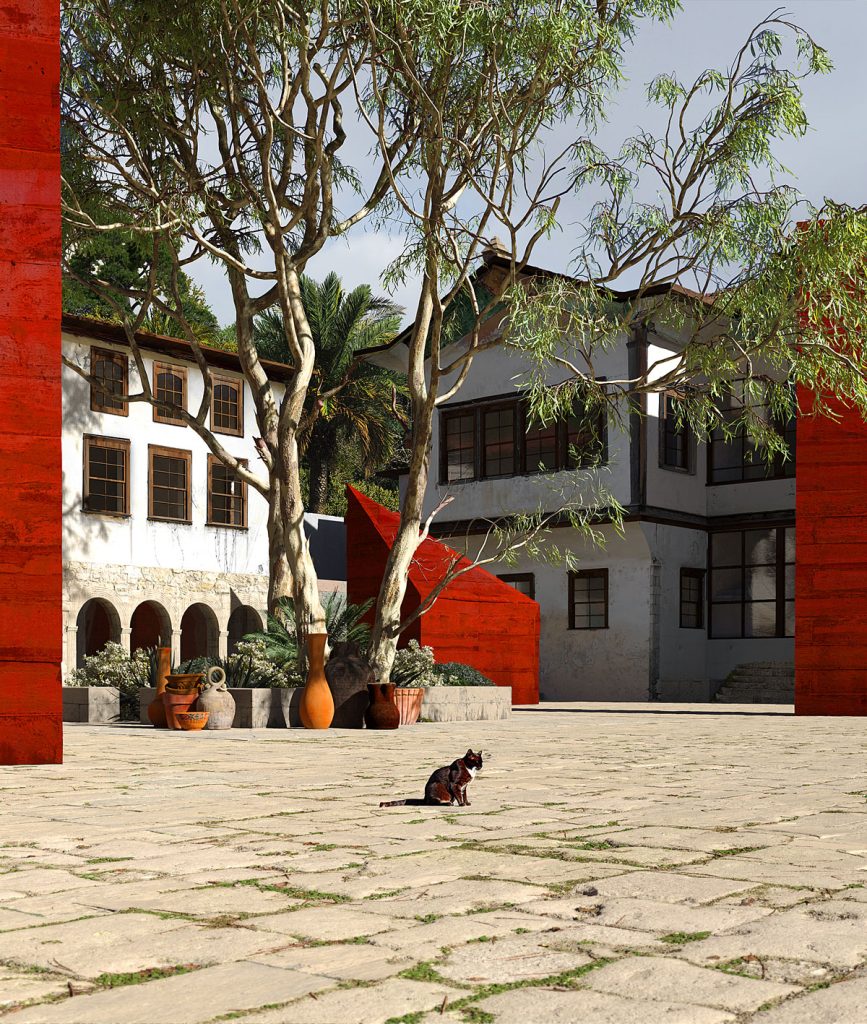
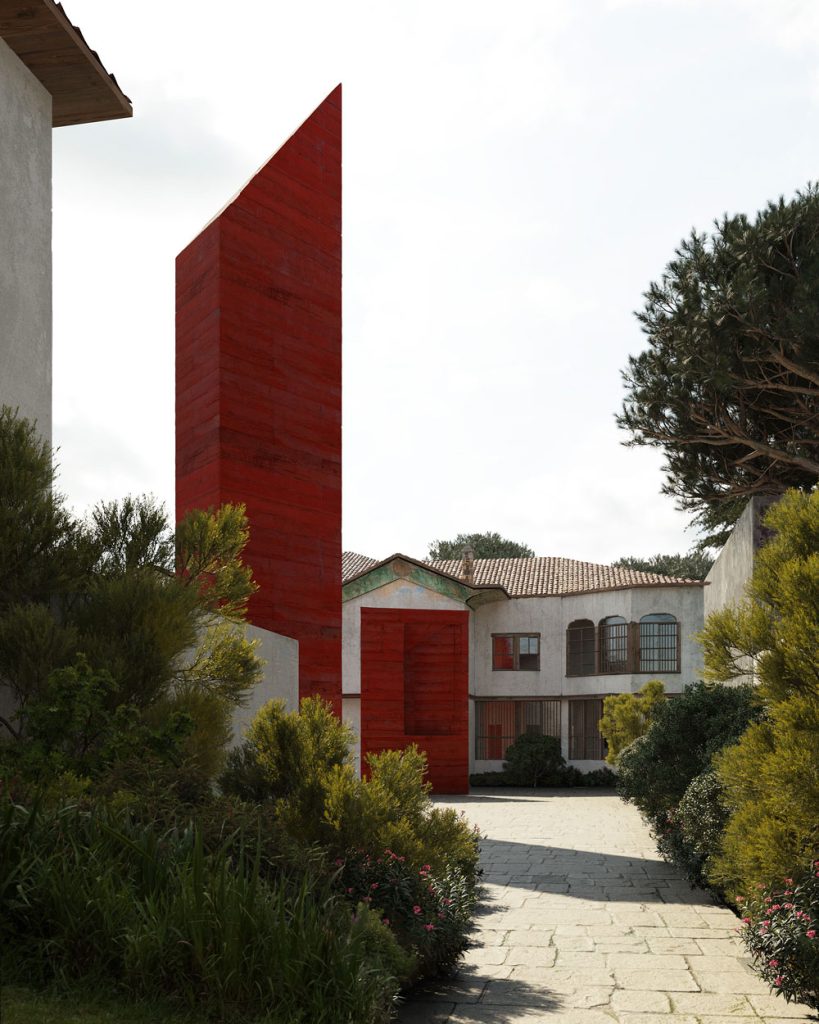
The spaces serve as testaments to the Albanian way of life, with the Oppenheim team proposing a restoration of the rooms and art to highlight historical and current events during which Besa has guided Albania, most notably the welcoming of Jews during the Holocaust and Kosovar and Afghan refugees in modern times. The museum experience is divided into two parts, one above ground and one below ground, both of which take guests on a journey of historically and culturally understanding Besa. The second level is underground, where visitors are immersed in the Besa experience for a fully interactive understanding of the concept.
The bright red modern monoliths in the courtyard will be the most noticeable addition to the property, attracting visitors from the surrounding city. The towers will connect to a new wing built beneath the exterior courtyard and will be beacons of light that reflect down into the below-ground wing, highlighting the impressive exhibits even more. The wing, which is connected to the Toptani Residence via an underground passage, mirrors the organization of the original Ottoman structure, with rooms organized around a central space known as an Oda. The above-ground sculptural elements will also announce the museum’s presence to the greater Tirana community, adding a subtle yet significant new feature to the city’s historic skyline.
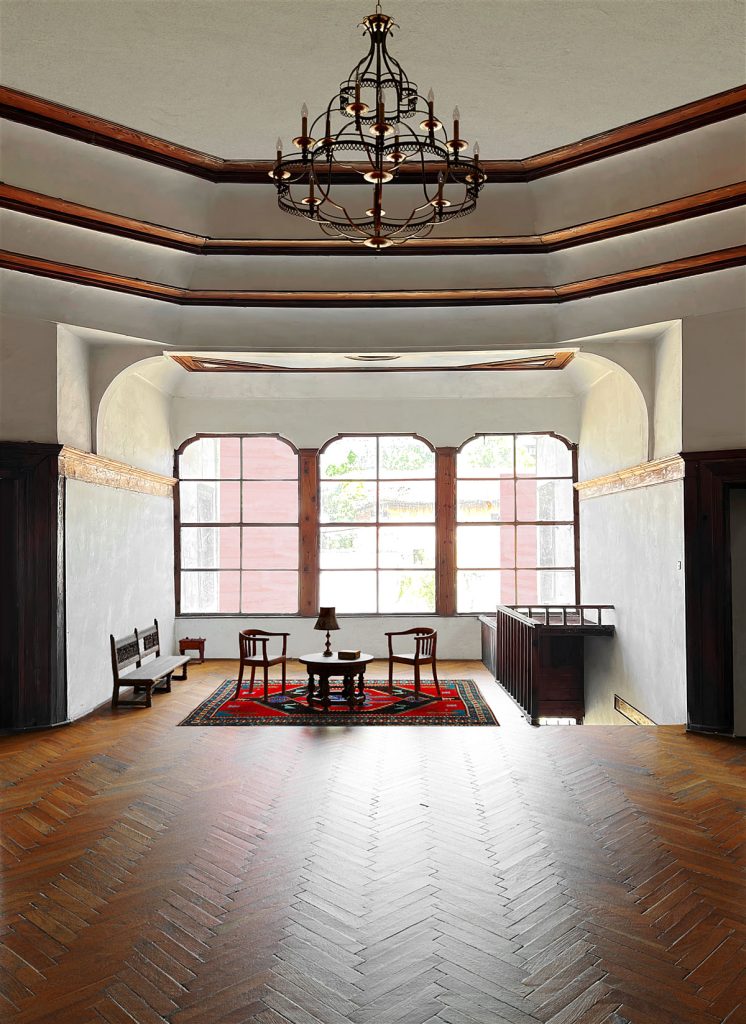
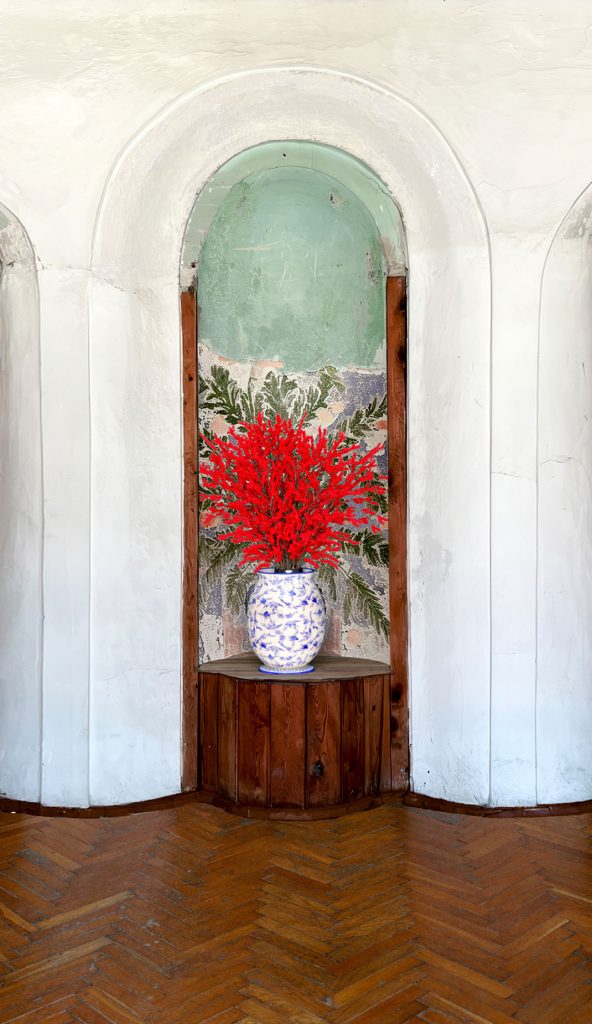
Project Info
Location: Tirana, Albania
Architect: Oppenheim Architecture
Museum Designer: Ralph Appelbaum Associates
Branding Specialist: The Place Bureau
Local Architect: Common Sense Studio
Client: Ministry of Culture of the Republic of Albania
Scope: Renovation, New Build, Architecture, Landscape, Exhibition Design
Site Area: 26,791.37 sq. ft
Building Area: 17,889 sq. ft
Renovation Area: 21,872 sq. ft
New Build Area: 4,693 sq.ft
Competition Year: 2023




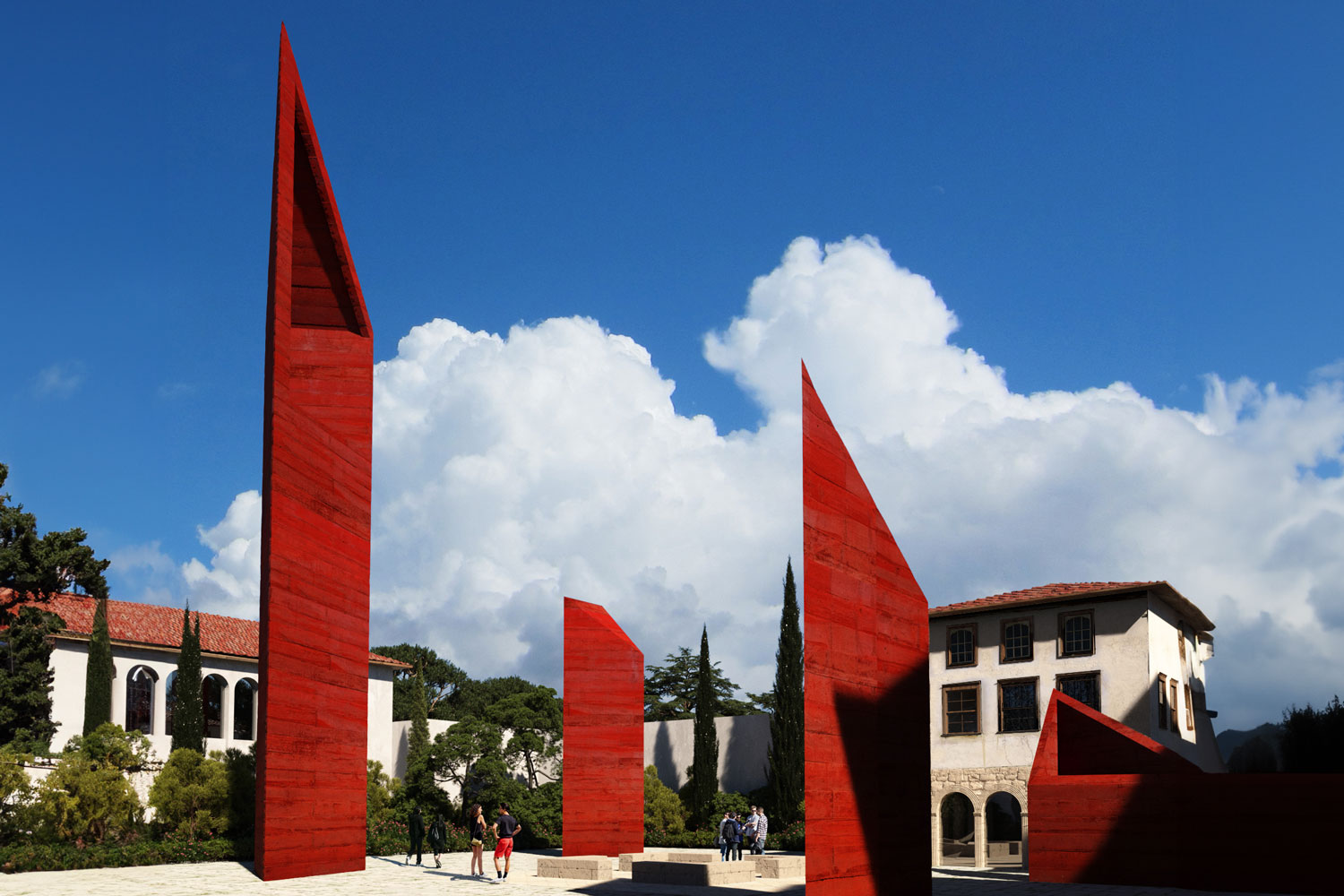
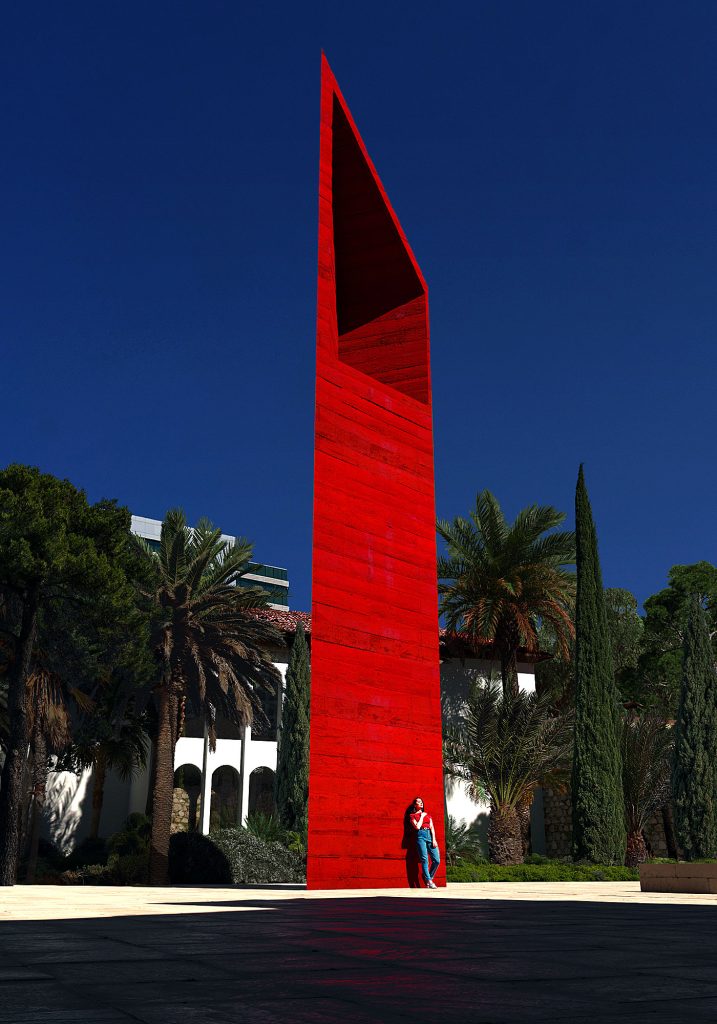
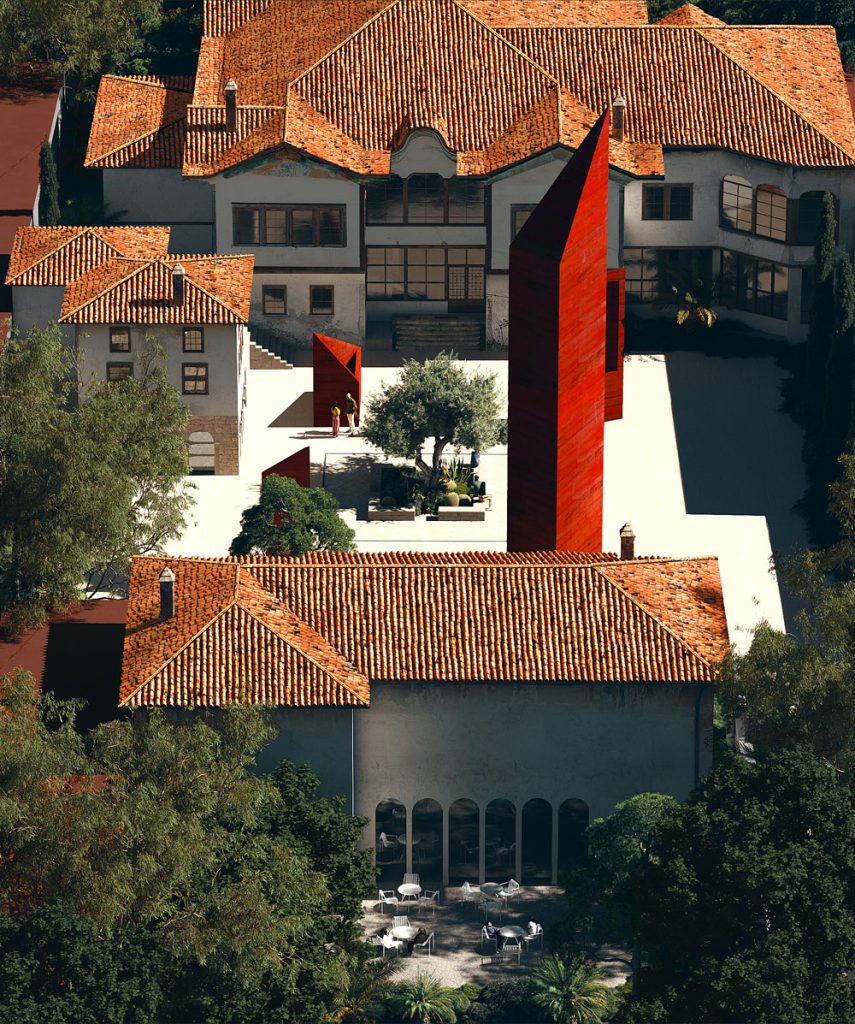
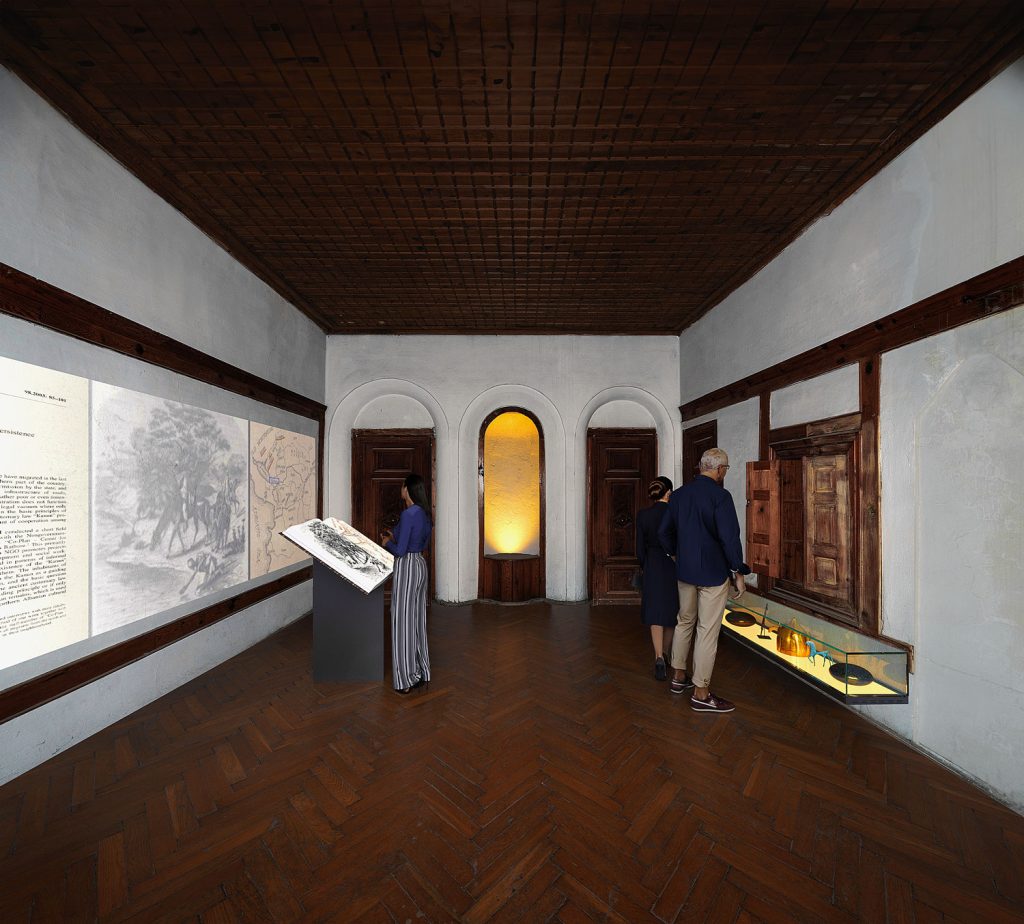














Leave a comment